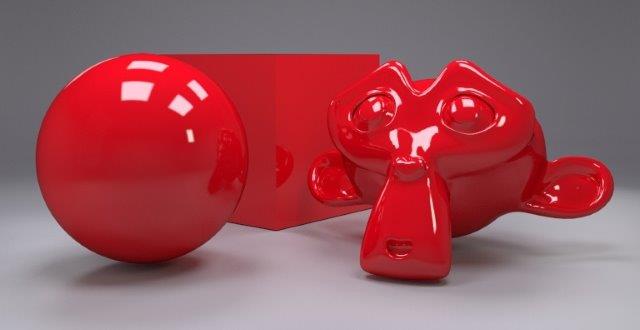 Special adhesion varnishes for materials
Special adhesion varnishes for materials
We know the capacity to bring shine, to protect the material and the object, that technical varnishes allow, with in addition a particular functionality, but the adhesion varnishes bring in more, for example the possibility to adhere to materials deemed difficult or sometimes impossible to adhere to.
Nobody wants to see a varnish start to peel and come off its support, after some time, leaving the object bare, subject to the weather or other aging factors, requiring the varnishing job to be started over again. If you want to varnish bare and raw materials, you have to make sure that the surface does not pose any adhesion problem : what materials are difficult to adhere to ? all metals in general, especially ferrous metals, but also non-ferrous metals, alloys and polished metals carbon and composite fibers plastics, glass and ceramics.
Often, we want to keep the transparency and appearance of the raw material, which a classic primer does not allow. This is where the adhesion varnish comes in.
When do you need primer for a varnish ?
Easy to hang materials can be covered with any type of varnish. In general, these materials are porous metals such as concrete, wood... But also resins and paints, which show no difficulty in adhesion, once they have been lightly sanded. On the other hand, here are some concrete examples where a special adhesion varnish is necessary : An aluminum or alloy rim : all metals are subject to rust and it is therefore beneficial to apply a varnish, provided that it is a grip varnish. Note that in this case, there is an even more special varnish, which protects against corrosion (P1260 anti-corrosion). We want to apply a transparent tinted varnish on glasses or tiles to simulate a color of the glass in the mass : if we do not use the adhesion varnish for glass and ceramics, we cannot count on any guarantee of adhesion, or durability.
Aging factors
All kinds of external factors attack and age the support, with chemical or mechanical attacks: In food, it's acidity, water, heat... In the maritime field, it's is water, the sun and above all salt... In the automotive or architectural field, it is light, wind, sand... A varnish makes it possible to form a protective layer in the first line to prolong the duration life of bare material.
Varnishing of plastics and glass
It is sometimes difficult to adhere to certain materials, especially if it is plastic. In addition to being deformable and flexible, certain families of plastics (PP and PE to name them) are known to resist all attempts at chemical adhesion by varnishes. In these extreme cases, we “help” the primer varnish for plastics, with some mechanical preparatory actions, such as degreasing, rubbing with a solvent. Flaming is one of the most effective actions to promote adhesion, on plastics, and even on glass.



















































































